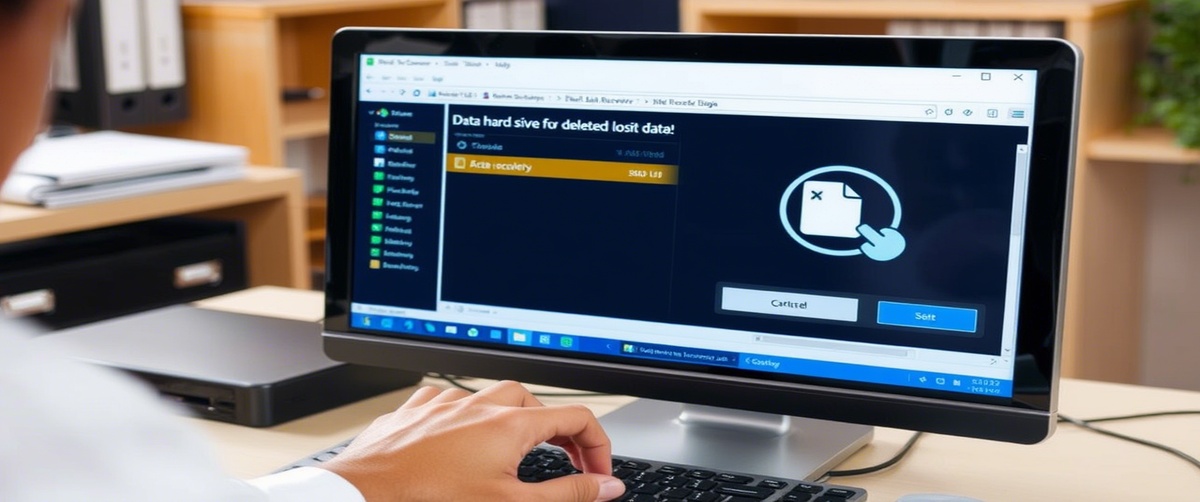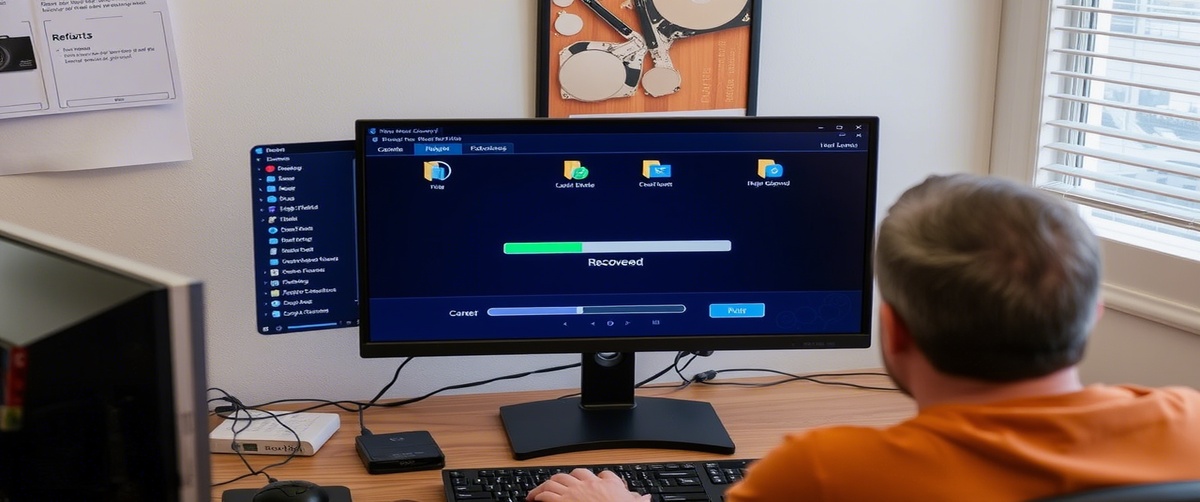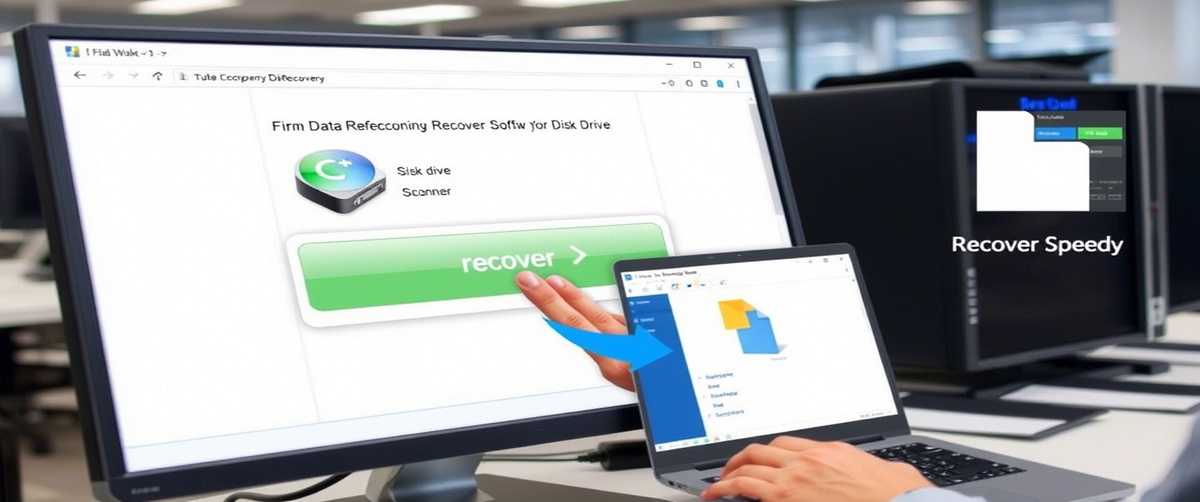Corrupted files can prevent access to important documents, photos, or system files, leading to functionality issues. File corruption may occur due to power failures, malware, or disk errors. This guide provides step-by-step solutions to fix file corruption and recover damaged data.
Common Causes of Corrupted Files

- Unexpected Shutdowns – Power failures can disrupt file operations.
- Malware or Viruses – Malicious software can damage or encrypt files.
- Disk Errors or Bad Sectors – Hard drive problems can lead to file corruption.
- Incomplete File Transfers – Interruptions during saving or downloading.
- Software Conflicts – Bugs in applications handling files.
How to Fix Corrupted Files

Restart Your Computer
A simple restart can reload system files and fix minor corruption issues.
Use the System File Checker (SFC) Tool
Open Command Prompt as Administrator.
Run the command:
sfc /scannow
Run the CHKDSK Utility to Check for Disk Errors
Open Command Prompt as Administrator.
Type the following command:
chkdsk C: /f /r
Use File History or Backup to Restore Files
Go to Control Panel -> File History -> Restore Personal Files.
Select the previous version of the corrupted file and restore it.
Try Opening the File in a Different Program
Some corrupted files may still open in alternative software.
Example: Open a corrupted Word file in Google Docs or Notepad.
Use Third-Party File Repair Software
Tools like Recuva, Stellar Data Recovery, or EaseUS Data Recovery can restore corrupted files.
Follow on-screen instructions to attempt file repair.
Scan for Malware and Viruses
Run Windows Defender or a trusted antivirus software.
Remove any detected threats and restart the system.
Convert the File Format
If a file won’t open, try converting it to another format.
Example: Convert a .docx file to .pdf using an online tool.
Perform a System Restore
Open Control Panel -> Recovery -> Open System Restore.
Choose a restore point before the corruption occurred.
Reinstall Windows (Last Resort)
If system-wide corruption persists, reinstalling Windows may be necessary.
Backup important files before proceeding.
Fixing corrupted files involves scanning for errors, using backup recovery, and trying alternative repair tools. If you need expert assistance, TechNow provides the Best IT Support Services in Germany for all software issues related in Germany.
Replace C: with the affected drive letter and restart the system.
Wait for Windows to scan and repair corrupted system files.






